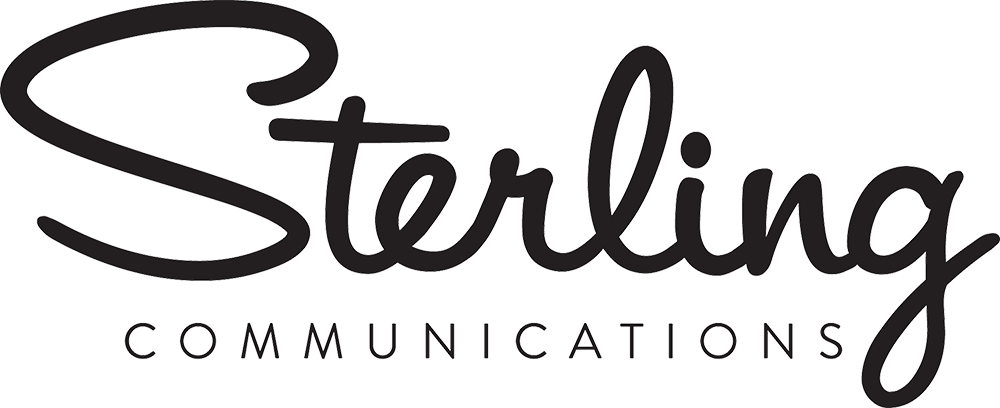The humble case study traces its origins all the way back to the Bronze Age. The Edwin Smith Papyrus, often cited as the earliest surviving example of surgical literature, dates to ancient Egypt circa 1600 BCE (and is believed to be a copy of a much older text). It “contains 48 cases dealing with wounds and trauma, such as injuries, fractures, wounds, dislocations and tumors. The cases are presented in a format that is not unlike what modern physicians use today.”
At heart, a case study is simply “a process or record of research” or “a particular instance of something used or analyzed in order to illustrate a thesis or principle.”
And beyond the practice of medicine, case studies have served as a powerful way to collate and communicate information on myriad subjects through the ages. They’ve found function in everything from sociology and statistical research to teaching methodologies at Harvard.
Today, any marketing or public relations pro can tell you that they’re also important in professional communications. Business case studies are an invaluable tool for search engine optimization (SEO), customer acquisition, and media relations.
The power of case studies
For public relations, third-party validation can be critical to securing positive media coverage, particularly in business-to-business (B2B) verticals and influential niche outlets. And the most powerful validation comes from customers and/or partners who have achieved positive results with your service or solution. Case studies provide an ideal format to demonstrate that validation.
For SEO and marketing purposes, case studies also supply a great venue for increasing keyword discoverability through content pertinent to your area of expertise. More importantly, case studies deliver social proof: Establishing that your business is legitimate, and that your product or service is tried-and-tested and has demonstrable value.
What makes a good case study
In scientific research and clinical settings, case studies tend to follow strict design methodologies specified by field and subject matter requirements.
For business communications and marketing purposes, case study form and function are much more fluid.
A case study can be as simple as a single PowerPoint slide featuring a logo, pull-quote, and a few bullet points highlighting results. Or it can be as detailed as a multi-page report with an executive summary, plenty of analytics, and sophisticated infographics.
Case studies are distributed in print and/or digitally. They’re posted to websites and social media channels. And they’re presented in a variety of formats including video.
At minimum, a good case study should include:
- Context to set the stage and an outline of challenge, approach, and outcome.
- Pull-quotes that capture attention or provide a sense of what you are trying to communicate.
- Clear results that are easy to scan.
Business case studies should also highlight the voice of the customer or partner discussing their expectations, experience, and appraisal of what was delivered. And it’s always a good idea to visually represent results or outcomes in graphics, charts or images that quickly convey impact.
Creating case studies
The first and most important step in creating business case studies is determining what you want to communicate and to whom. All ensuing research and/or development should serve that core determination.
And regardless of how many metrics and mounds of impressive data you have on hand, you’ll want to approach your case studies in terms of telling a compelling story. As we’re fond of proselytizing here at Sterling:
“Our brains are greedy for stories. A tale told well is always more memorable and compelling and delicious than any bar chart or cold hard list of facts. Storytelling is how we best communicate the essence of who we are to each other. More than ever, and particularly in the realm of technology, companies need opportunities to humanize their positions, connect with their communities, and differentiate themselves in a noisy and erratic environment. Storytelling makes the difference.
Good stories, in other words, are good for business.”
We love case studies!
If you are interested in learning more about case studies, we’re here to help with everything from how to go about approaching partners and/or customers for quotes or participation in development, to case study design, drafting and delivery. Reach out to us at go@sterlingpr.com.

